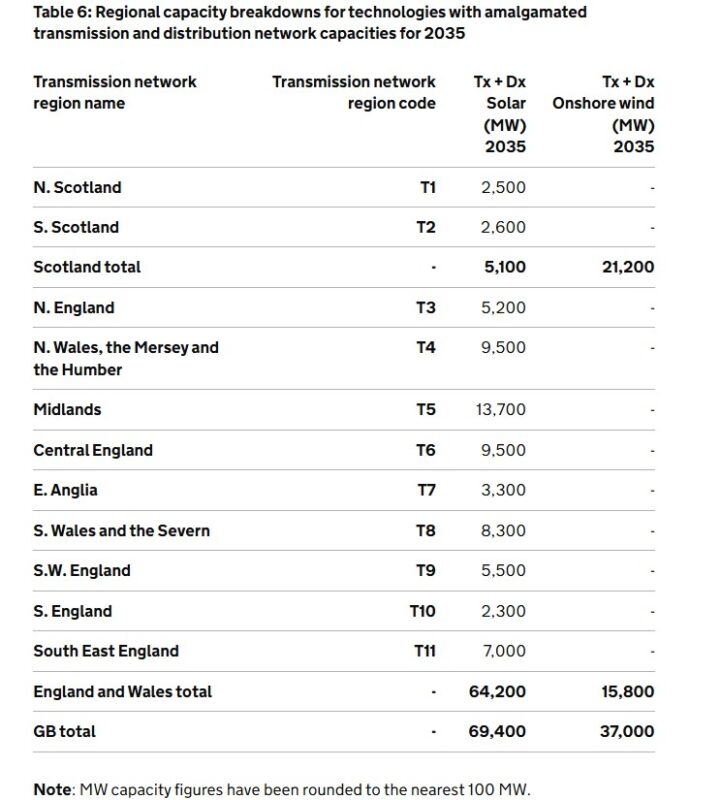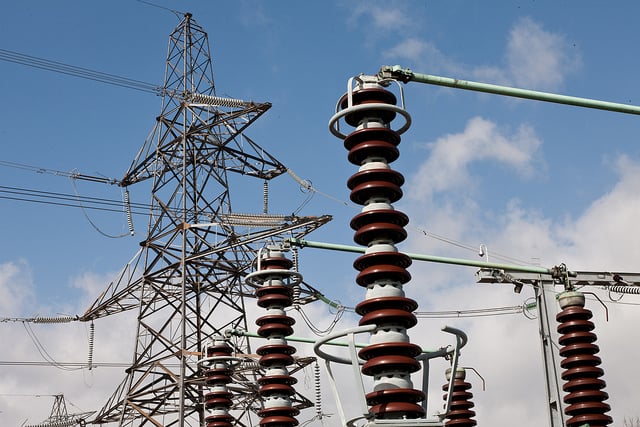Energy Minister Michael Shanks has written the heads of the National Energy System Operator (NESO) and OFEM to tackle concerns about solar capacities in the Clean Power 2030 Action Plan (CPAP).
After criticism that the solar capacity in the Clean Power 2030 plan was based on “outdated” assumptions, the Department for Energy Security and Net Zero (Desnz) has published an updated version of the Connections Reform Annex of the CPAP. The Department stated that this is “to tackle a wrong alignment between the allocations of the solar capacity and the sun flipplace for 2031 to 2035”.
Trade Group Solar Energy UK had previously criticized the Clean Power Plan, with the argument that although Neso figures state that 15.1 GW of the solar capacity is currently present, Solar Energy UK brought the number nearly 20GW.
Onsnz said that the recent trend in the sun squeeze for projects at transmission level was not fully reflected in Neso’s 2024 Future Energy scenarios, which informed its Clean Power 2030 advice.
To resolve this wrong alignment, Desnz has decided to merge the transmission and distribution forms in CPAP for the period between 2031 and 2035. This will ensure that the most developed solar projects in both the transmission and distribution fields can be allocated in their relevant region.

Shanks notes that this update of the CPAP is a “one -off” technical update, and the overall solar capacity will remain the same as when the plan was initially published. In addition, Sank states that Desnz has listened to concern about stakeholders and said that the Department is convinced that solar assignment for the period 2031-2035 is the only area where a re-evaluation of the evidence has indicated that the CPAP must be processed.
As such, the department has not made any other changes to the CPAP and states that there are currently no plans to re-examine capacities for each technology until the publication of the Strategic Energy Plan (SSEP) at the end of 2026. Shanks notes that “increasing the general capacity allocations for each technology would be te te te te te Te Te Te Te Te Te Te Te Te Te Te Te Te Te Te Te Te Teso Consider the most costs of the most costs.

